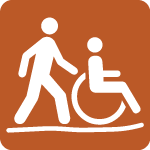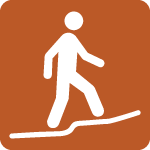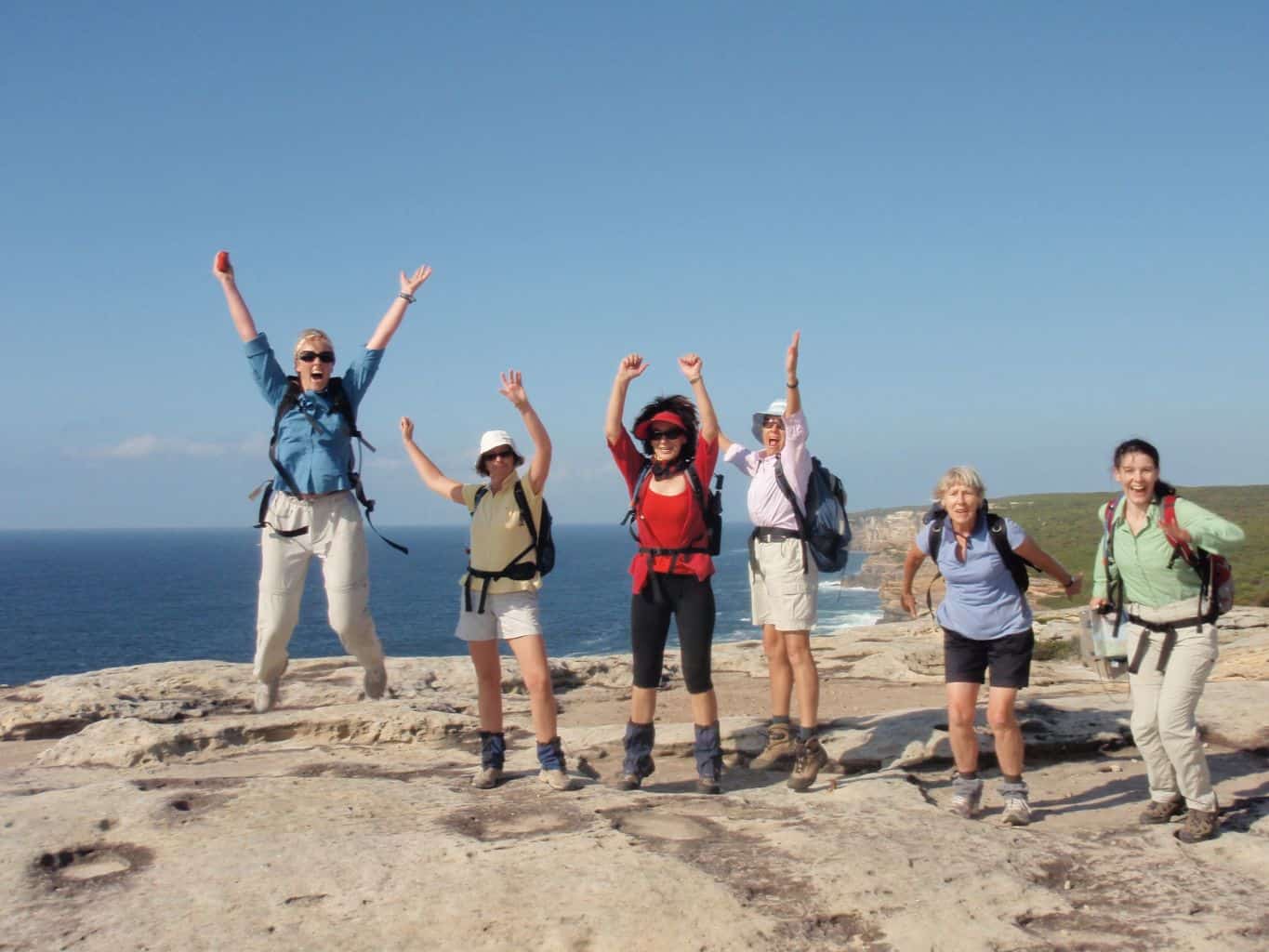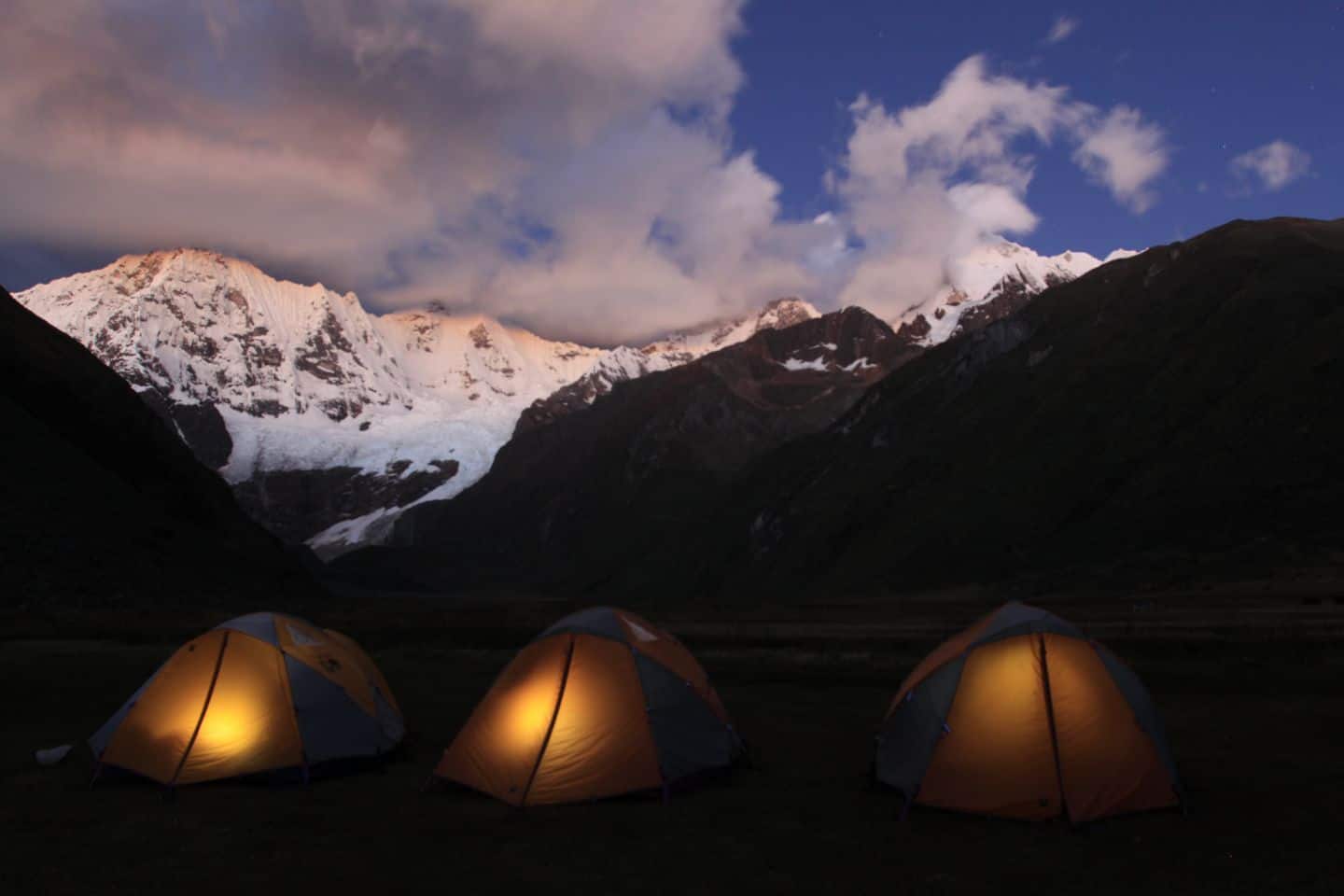Wouldn’t it be amazing if the words easy, medium and hard meant the same things to everyone? Well, the perfect world we don’t live in means that descriptive words like that are so subjective, that what is hard for me, will be easy for someone else. In Australia, there’s a bushwalking and hiking track grading system, that aims to provide enough extra information about a particular track or trail, so that most people can understand the type of terrain they’re likely to encounter, along with the fitness and experience that is needed to do a hike and finish with a smile on your face: the Australian Walking Track Grading System.
First things first, let’s get down to the basics. The Australian Walking Track Grading System is a handy tool that rates the difficulty of hiking trails across the country. It’s designed to help us hikers determine the level of fitness, experience, and equipment required for a particular track. Whether you’re a seasoned trekker or just starting out, this system can be a game-changer in ensuring you choose a trail that suits your abilities and preferences. This is all about setting yourself up for success!
So, let’s dive into the grades, shall we? Officially, the system has five grades, ranging from Grade 1 (Easy) to Grade 5 (Very Hard). I’ve also included the unofficial Grade 6. These are routes you might hear about (‘route/rooted’ are interchangeable in my humble opinion), where there is no track or trail to speak of, just a waft of a crusty ol’ bushwalkers distant memory, from a campfire, long, long ago and the scars to match it.
Let’s start with the easier grades and work our way up.
Grade 1 // Easy
Grade 1 trails are perfect for beginners or those seeking a leisurely stroll. These tracks are usually well-defined and signposted, flat and have a smooth surface, without steps. You won’t need any special equipment or hiking experience for these walks, making them great for families, assisted wheelchair users and those looking for a relaxing day out in nature.
Grade 2 // Easy
Moving up to Grade 2 trails, these are good for folk with no bushwalking or hiking experience, and great for families with young children. These tracks may have some gentle slopes or occasional steps on hardened or compacted surfaces and are suitable for most fitness levels.
Grade 3 // Moderate
As we venture into Grade 3, things start to get a bit more exciting. These tracks can be a bit steeper, with short hill sections, steps and have rougher surfaces. You might encounter obstacles like tree roots and rocks along the way. A reasonable level of fitness and some basic hiking experience and first aid knowledge will come in handy for these tracks. So, lace up those hiking boots or walking shoes, grab your backpack, and get ready to explore!
Grade 4 // Moderate-Difficult
Now, let’s talk about Grade 4 tracks. These ones are for the more seasoned bushwalkers and hikers. Expect steep climbs, rough terrain, and potentially unmarked paths. You’ll need a good level of fitness, proper hiking gear, first aid and navigation skills to tackle these trails. But hey, with a bit of preparation and a sense of adventure, you’ll be rewarded with stunning vistas and a sense of accomplishment.
Grade 5 // Difficult
Brace yourselves, because Grade 5 tracks are not for the faint-hearted. These babies are challenging, often taking you into remote and rugged areas. They can involve long distances, significant elevation changes, unmarked routes and unpredictable weather conditions. Advanced navigation skills, excellent fitness, emergency first aid and experience in multi-day hikes are a must.
Grade 6 // Challenging (unofficial)
Lastly, we have the Grade 6 routes (rooted); this is a completely unofficial grade and generally means unpublished challenges. These are reserved for the hardcore, experienced bushwalkers and hikers who thrive on pushing their limits. Expect extreme conditions, highly technical terrain, and potential exposure to hazards. These routes are not to be taken lightly and require expert navigation skills, top-notch fitness, specialized equipment and remote area first aid skills. This is Country for a select few, an experience that will forever be etched in their memories.
Now that you have a better understanding of the Australian Walking Track Grading System, you can choose your next adventure with confidence. Remember, it’s not just about picking a random trail and hoping for the best. By considering the track grade, you’ll have a safer and more enjoyable hiking experience.
So, whether you’re a newbie hiker or a seasoned pro, embrace the diversity of Australia’s hiking trails. From easy strolls to challenging expeditions, there’s something for everyone. Just remember to respect the environment, be prepared, and leave no trace behind.















